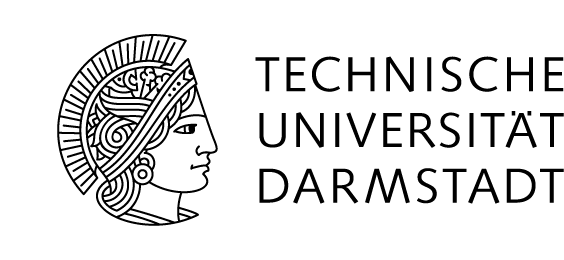Polarisation and charging in electrical fatigue ferroelectrics
Prof. Dr. H. v. Seggern (FG Elektronische Materialeigenschaften)
Prof. Dr. A. Klein (FG Oberflächenforschung)
____________________
The long-term aim of the research project is to avoid operational fatigue of ferroelectric devices by cyclic electrical loading. The research group of von Seggern in collaboration with project D1 (Rödel/Lupascu) has shown during the first period of the SFB an extremely strong dependence of the time-dependent buildup of the polarisation in PZT ceramics on the number of poling cycles, established through the occurrence of very long time constants of the polarisation built-up of up to several 1000 seconds. This fatigue behaviour could not be universally explained until today. The phenomenon will therefore be studied more closely during the presented project phase.
For this purpose a phenomenological understanding of the polarisation built-up, possible depolarisation events and stabilisation processes will be derived and hopefully correlated to the fatigue process. Therefore it is planned to study the temporal behaviour as well as the spatial built-up of the polarisation in different stages of fatigue. The results are used to determine the physical origin for the modified time constants by varying the experimental boundary conditions. Particular attention will be given to the interaction of space charge and polarisation. Their mutual influence and their different characteristic time constants such as the ferroelectric switching time, the dielectric relaxation time and the transit time of the charge carriers and their change through fatigue determine largely the dynamical behaviour and the achievable polarisation characteristics under experimental conditions such as cycle frequency and used voltage.
Directed influence on the dynamical behaviour is planned:
1. via light exposure for creation of charge carriers or to reallocate charge carriers in traps,
2. via temperature to determine the involved activation energies and
3. via variation of the electrode materials to affect the injection of charge carriers.
By this experiments information about the physical origin of fatigue is anticipated. Methodically polarisation equipment is available that can measure dynamic processes from below microseconds to long poling times of up to a few 1000s.
The spatial allocation of charge and polarisation will be obtained by means of the laser-induces-pressure-pulse method (LIPP) which can give information about the existence and interaction of space charge and polarisation. The charge carrier injection will be controlled using suitable contact materials. The electronic structure at the contacts will be explored by photoelectron spectroscopy.

